MH370 search vessel Seabed Constructor switches off tracking system
THE vessel tasked with finding MH370 mysteriously switched off its tracking system near a “treasure filled” sunken shipwreck.
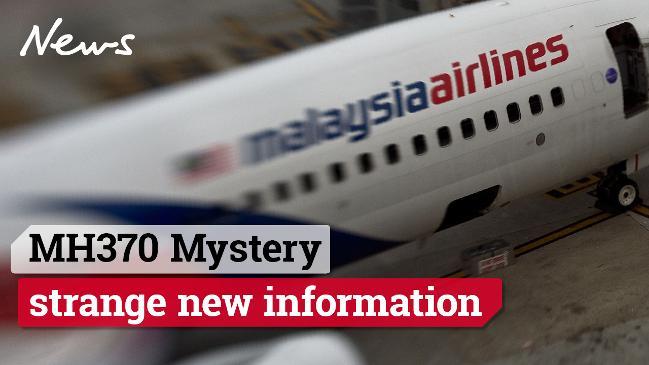
THE state-of-the art vessel tasked with finding missing Malaysia Airlines flight 370 mysteriously switched off its Automatic Identification System (AIS) for more than three days, sending some observers into meltdown.
Seabed Constructor’s AIS was disabled on January 31 — exactly 10 days into the new search — and not reconnected until last night, leaving approximately 80 hours unnaccounted for.
Amateur aviation specialists and MH370 watchers have been charting Constructor’s progress since it left Port of Durban on January 2 for the new search area, located just outside the previous 120sq km previously scoured along the 7th Arc.
The vessel has been contracted by Texas-based exploration company Ocean Infinity, which signed a “no cure, no pay” deal with the Malaysian Government which will see it receive more than AUD$70 million if it finds the plane within 90 days.
But unlike its predecessors Fugro Equator, Fugro Discovery and Havila Harmony, whose progress was meticulously mapped via satellite by investigators, both amateur and professional, at their own expense, following the Constructor has proved more challenging.
It reached the new search on January 21 and trusted observers such as UK-based space scientist Richard Cole and US-based precision machinist Kevin Rupp were able to post regular maps to followers on Twitter, Facebook and Reddit.
But that changed last Wednesday when Constructor “went dark”, sending everyone into a spin.
#MH370 Morning Update - Nothing new. Seabed Constructor is now over 15 hours without updating her AIS position. I will post as soon as anything changes
— Kevin Rupp (@LabratSR) February 1, 2018
Whatever strategy you have now @Ocean__Infinity, - wrong one. Request your vessel #SeabedConstructor turn on its AIS & allow ppl like @richard_e_cole @LabratSR @Airlandseaman report fairly & accurately. Otherwise you create a vacuum quickly filled by idiots/speculation. #MH370
— Air Investigation (@AirInvestigate) February 2, 2018
Interested if someone like @Airlandseaman or @richard_e_cole with inside connections can help fill us in soon. These types of blackouts are just opportunities for conspiracies to abound. My assumption for now: something wrong with AIS transponder.
— HawkeyeErik (@eriksnewton) February 1, 2018
“I think that the AIS transmission from Constructor has been disabled. The question is whether this is finger-trouble by someone adjusting the AIS system settings ahead of departing for Fremantle, or deliberate action.” Mr Cole posted in a subreddit dedicated to Seabed Constructor position updates.
Comparisons have also been made with the missing plane itself, which vanished from radar after its aircraft communications, addressing and reporting system (Acars) system was switched off less than an hour after taking off from Kuala Lumpur on March 8 2014.
The irony was not lost among MH370 watchers online, with one Reddit user commenting: “Rogue captain?” and another responding “If it starts pinging in the Malacca Strait that would be something.”
As predicted some observers used the blackout as an opportunity to back more outlandish theories about Ocean Infinity’s “back up plan” should they fail to find the missing Boeing 777.
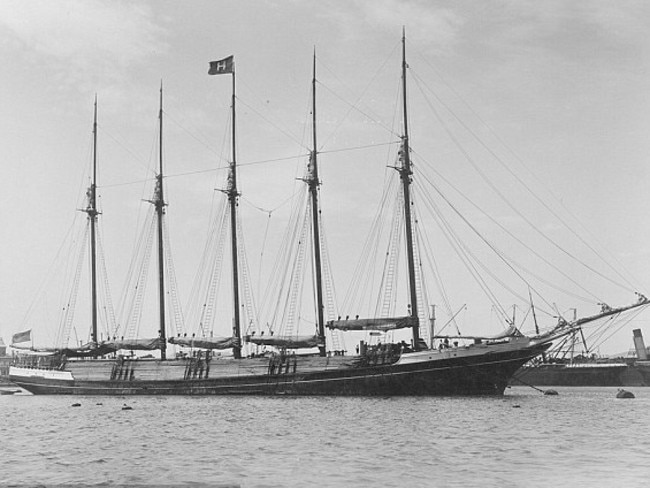
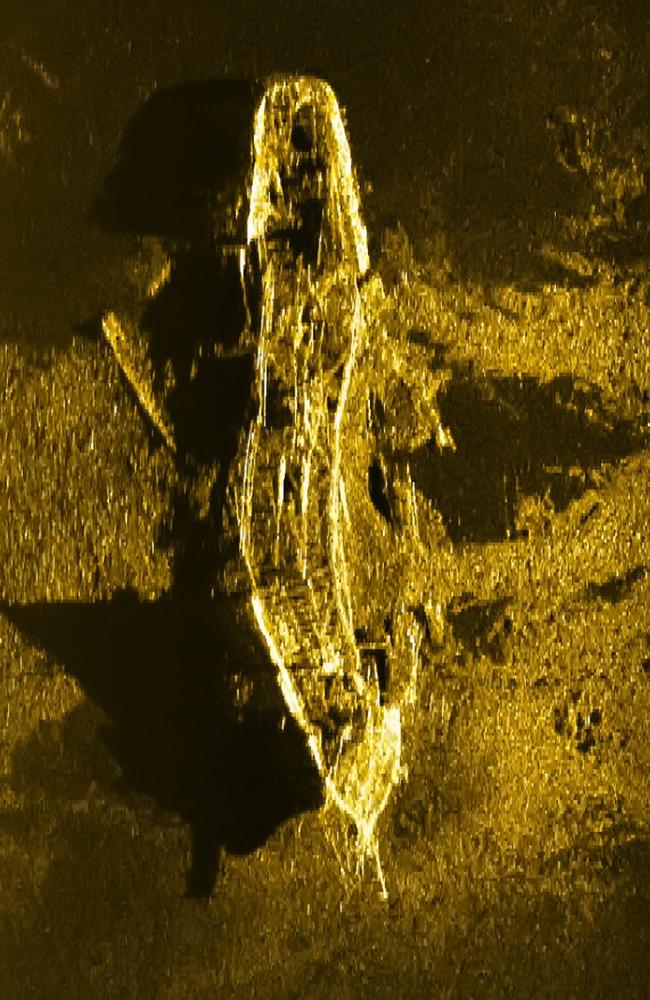
Some speculated the Constructor took a secret detour to check out the wreckage of what is believed to be the S.V Inca, a Peruvian-built transport ship that vanished en route to Sydney more than 100 years ago.
In January 2016, MH370 search vessel Havila Harmony stumbled across the shipwreck almost four kilometres below the surface inside the 7th Arc, initially mistaking it for the plane’s fuselage.
S.V Inca was last seen on March 10, 1911 when it set sail from Callao, Peru bound for Sydney. There has been speculation about what cargo the vessel may have been carrying and inevitable chatter about sunken treasure.


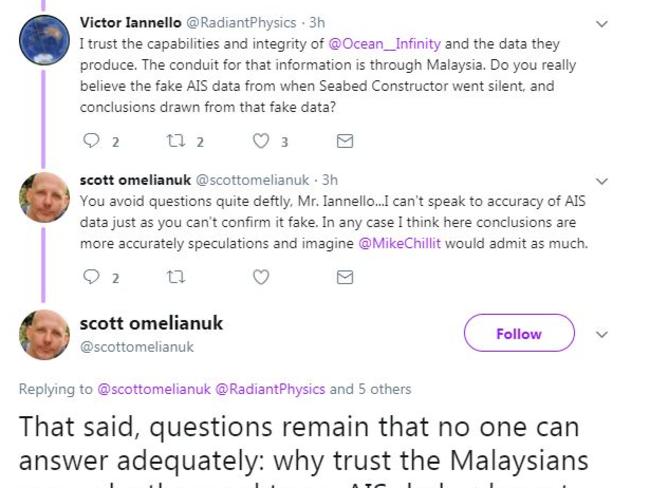
Last night Seabed Constructor turned its AIS back on and is currently making its way to Perth in Western Australia, where she is scheduled to dock at Fremantle on February 8.
Ocean Infinity is expected to given another update on the progress of the search late this week but it’s anyone’s guess if it will explain why it disabled its tracking system for such a long period of time.
#MH370 My morning update. Seabed Constructor is back on AIS and on her way to Fremantle. She is due in on the 8th and is scheduled for AusMarine Complex 4. Kind of a bummer, I had hoped to see her on the harbor webcams. pic.twitter.com/7gbnQ4NrNS
— Kevin Rupp (@LabratSR) February 4, 2018
#MH370 A quick look at Seabed Constructors progress. pic.twitter.com/eKUOjetgH9
— Kevin Rupp (@LabratSR) February 4, 2018
Aviation journalist and documentary maker Jeff Wise has been critical of the new search in his blog, which has followed the mystery of MH370 since it vanished en route to Beijing from Kuala Lumpur on March 8, 2014 with 239 people on board.
Mr Wise was an original member of the Independent Group (IG) of investigators who advised the Australian Transport Safety Bureau (ATSB) led search for MH370 but left after falling out with other members over the plane’s fate.
“Before the release of this new report, Malaysia hadn’t signalled that it would be issuing updates on the search progress, let alone regular weekly ones, so its appearance is a welcome development,” Mr Wise wrote in response to the report last week.
“The report notes that first section of the search, namely the outermost portion of the Primary Search Area, has been completed without finding any wreckage. This section had previously been identified by Australian scientists as the most likely endpoint for MH370’s flight.
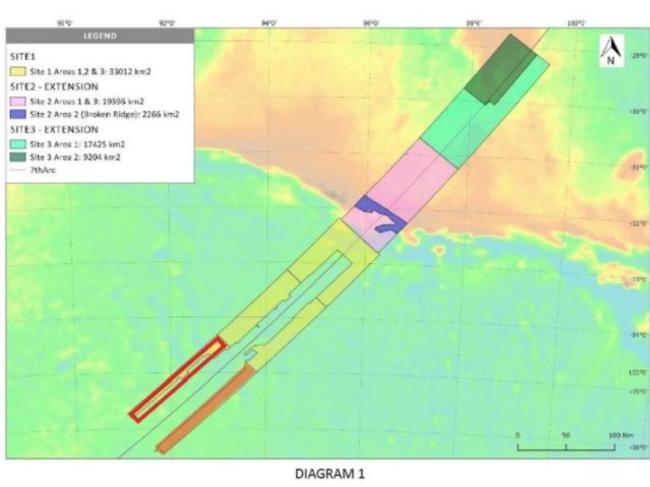

“As I write this, the scan of the innermost section of the Primary Search Area has been completed, but the assessment has not yet been released. However, the fact that Seabed Constructor has moved on to another area suggests that probably nothing was found there, either. A big caveat: we don’t really know how long it takes the search team to assess the data collected during each pass.
“A failure to find any wreckage in the Primary Search Area would come as a disappointment to David Griffin and his team at Australia’s CSIRO, who declared in a June, 2017 report that after analysing satellite imagery and drift patterns “we think it is possible to identify a most-likely location of the aircraft, with unprecedented precision and certainty.” The report specified three target points, all located within the Primary Search Area.”
Seabed Constructor is expected to dock in Fremantle to refuel and top up supplies before returning to the search area.




